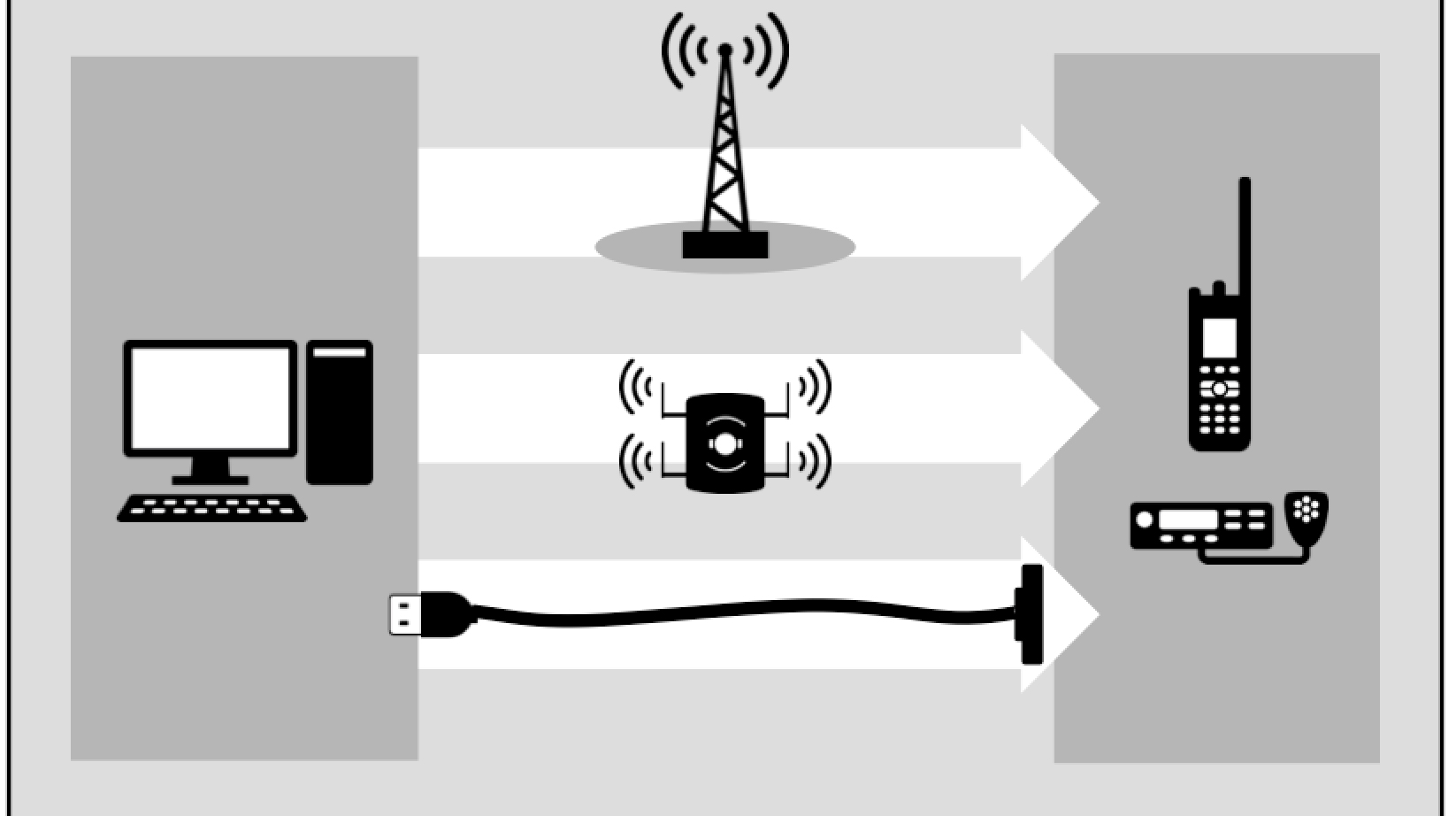Filling a Void for 9-1-1 Callers and Telecommunicators
“9-1-1, What is the location of your emergency?”
How the 9-1-1 caller answers this question impacts the time it takes for the telecommunicator to respond quickly with the appropriate resources, especially if the caller isn’t able to say where they are, or doesn’t know. Not having an accurate location affects the stress the telecommunicator and the caller experience — a situation made even worse if the call is routed to the wrong PSAP and the process must start over again, losing valuable time.
In Next Generation 9-1-1 (NG9-1-1), one of the most important outcomes is routing the call to the correct PSAP using Next Generation Core Services (NGCS), the NG9-1-1 functional elements that enable NENA (National Emergency Number Association) i3 location-based call routing. NG9-1-1 is built on technology innovation and flexibility that Motorola Solutions delivers — today.
Prince George’s County
At Prince George’s County, Maryland, just east of Washington D.C., Motorola Solutions has deployed location-based routing where the location is delivered with every call. Prince George’s County averages 75,000 9-1-1 calls a month.
Motorola Solutions is one of the first in the U.S. to provide NG9-1-1 i3 location-based routing, for all call types.
 i3 Location-Based Routing Architecture
i3 Location-Based Routing Architecture
The NENA i3 end-state architecture assumes the Originating Service Provider (OSP) will provide the caller location at the time the call is presented to the NGCS system for routing. Presently, no OSP in the U.S. delivers location as Presence Information Data Format-Location Object (PIDF-LO) with calls as a standard practice. The PIDF-LO provides the location of the caller by way of civic address or latitude and longitude coordinates.
To compensate for the absence of location from the OSP, Motorola Solutions is providing call routing based on the NENA i3 functional elements.
The diagram to the right depicts the NG9-1-1 architecture at Prince George’s County and the workflow in production.
The Workflow
- #1 and #2 — The call is received by NGCS.
- #3 and #4 — If location is not provided with the call by the OSP, Motorola Solutions obtains the caller location from our Location Database (LDB) at the time the call is received.
- #5 and #6 — The location is used to query the Emergency Service Routing Function (ECRF) for the PSAP destination.
- #7 — The ESRP consults the Policy Routing Function (PRF), and the call is routed to the destination PSAP.
Now versus End-State

Many agencies have been holding off on implementing NENA i3 NGCS end-state architecture because they assume they must have a full set of highly accurate GIS data before they can begin the transition, including road centerlines and point files. With Motorola Solutions’ location-based routing, this is not the case. The PSAP can move forward today with the NENA-prescribed NG9-1-1 i3 architecture and still have the flexibility to utilize their existing Master Street Address Guide (MSAG) data as well as add more advanced GIS data layers based on their implementation schedule.
The diagram to the right depicts the end-state architecture when location is delivered with the call from the carrier. When each carrier is ready to deliver location by value or reference, the PSAP won’t have to go through a forklift effort to implement another system. With Motorola Solutions, they’ll be ready.
At Motorola Solutions, our expert NGCS teams are continuing to help PSAPs around the country prepare their GIS data. This work is critical and necessary for every PSAP.
The good news: PSAPs don’t have to wait to implement NENA i3 location-based routing.
We said earlier that NG9-1-1 is built on technology innovation and flexibility — that is exactly what our location-based routing solution offers. This innovation helps PSAPs move forward and increase the opportunity to better serve the community, while still preserving the flexibility to implement advanced GIS data on a schedule that works for their teams.
Motorola Solutions’ timely approach for NENA i3 call routing fills a void today for telecommunicators and 9-1-1 callers — ultimately helping to save lives.
To learn more about location-based routing and what it can mean for your PSAP, join us on July 20 for our NENA-sponsored webinar, Location Based Routing in the Intelligent Command Center.
For more information, visit us at www.motorolasolutions.com/ng9-1-1.




